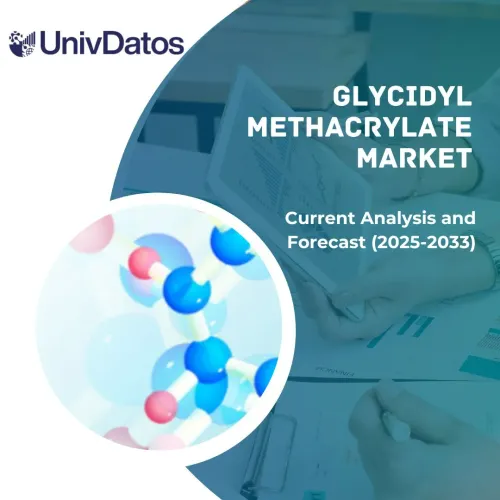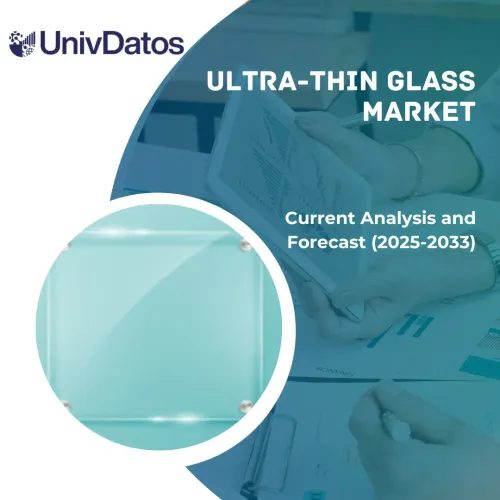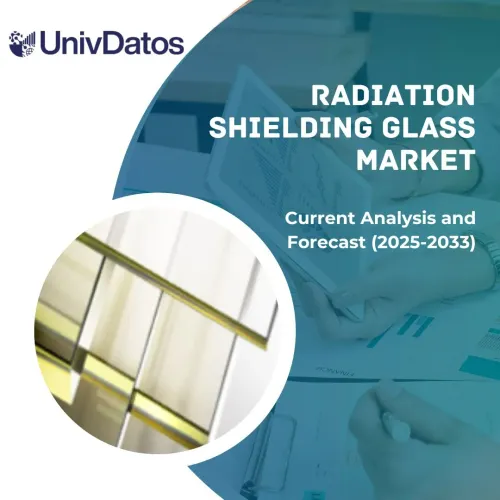- Home
- About Us
- Industry
- Services
- Reading
- Contact Us
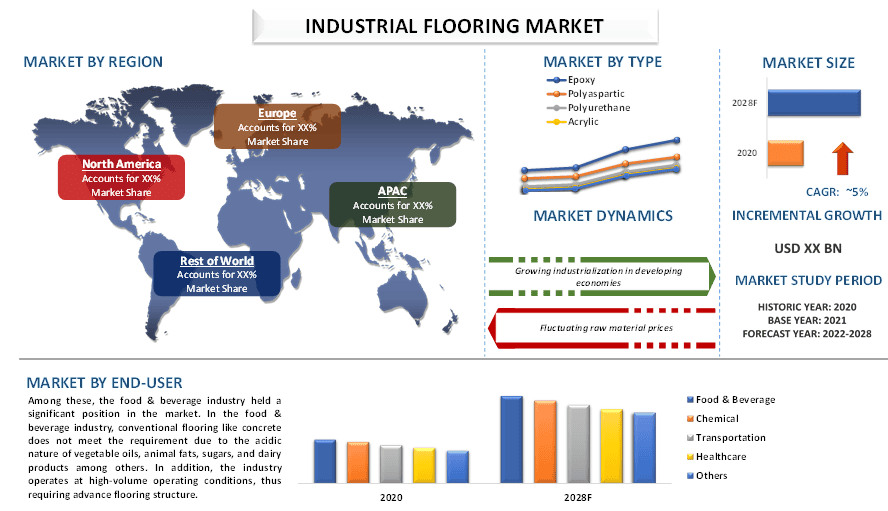
The global industrial flooring market is likely to showcase a growth of around 5% during the forecast period 2022-2028. The strong load bearing and abrasion resistance flooring is one of the important factors which can play a crucial role in deciding the facility’s operational performance. Companies decide what type of flooring they require based on their types of operations. The performance of the industrial flooring market is highly linked with construction activities and over the years, the construction industry has showcased significant growth owing to increasing investment in the infrastructure sector. However, the global construction industry faced a severe downfall in 2020 owing to halted construction activities in the light of COVID-19 which eventually had a negative impact on the industrial flooring market. In addition, the fluctuating raw material price due to volatile hydrocarbon prices, and the construction industry crisis in China, the largest construction industry, has also impacted the market.
However, it is expected that as the global economy started showing recovery, the construction industry is also showing an upward trend, eventually, fueling the market for industrial flooring.
Insights Presented in the Report
“Amongst type, epoxy held a prominent share in the market in 2020”
Based on type, the market is categorized into epoxy, polyaspartic, polyurethane, acrylic, and others. Among these, epoxy held a prominent share of the market. Long-lasting for up to 30 years in light conditions and up to 20 years in heavy industrial operations along with the ability to handle industrial hazards like cracking, abrasion, corrosion, temperature extremes, and chemical spills, are some of the benefits of using epoxy flooring owing to which consumers preferred it over conventional concrete flooring.
“Amongst end-user, food & beverage accounted for a significant share in 2020”
Based on end-user, the market is categorized into food & beverage, chemical, transportation, healthcare, and others. Among these, the food & beverage industry held a significant position in the market. In the food & beverage industry, conventional flooring like concrete does not meet the requirement due to the acidic nature of vegetable oils, animal fats, sugars, and dairy products among others. In addition, the industry operates at high-volume operating conditions, thus requiring advanced flooring structure.
“Asia-Pacific is expected to retain its position during the forecast period”
For a better understanding of the market adoption of Industrial Flooring, the market is analyzed based on its worldwide presence in the countries such as North America (the United States, Canada, Rest of North America), Europe (Germany, the United Kingdom, France, Italy, Spain, and Rest of Europe), Asia-Pacific (China, Japan, India, and Rest of Asia-Pacific), and Rest of World. Asia-Pacific held a significant share of the industrial flooring market in 2020 and is expected to retain its position during the forecast period. This can be attributed to the large industrial sector in the region, especially in countries like China, India, Japan, and South Korea. Moreover, increasing industrialization along with the shifting of manufacturing facilities from western economies to regional countries is creating demand for industrial flooring.
Reasons to buy this report:
- The study includes market sizing and forecasting analysis validated by authenticated key industry experts
- The report presents a quick review of overall industry performance at one glance
- The report covers an in-depth analysis of prominent industry peers with a primary focus on key business financials, product portfolio, expansion strategies, and recent developments
- Detailed examination of drivers, restraints, key trends, and opportunities prevailing in the industry
- The study comprehensively covers the market across different segments
- Deep dive country-level analysis of the industry
Customization Options:
The global industrial flooring market can further be customized as per the requirement or any other market segment. Besides this, UMI understands that you may have your own business needs, hence feel free to connect with us to get a report that completely suits your requirements.
Table of Content
Research Methodology for Global Industrial Flooring Market Analysis (2020-2028)
Analyzing the historical market, estimating the current market, and forecasting the future market of industrial flooring, three major steps are undertaken to create and analyze its adoption across the globe. Exhaustive secondary research was conducted to collect the historical market numbers and estimate the current market size. Secondly, to validate these insights, numerous findings and assumptions were taken into consideration. Moreover, exhaustive primary interviews were also conducted, with industry experts across the value chain of the industrial flooring industry. Post assumption and validation of market numbers through primary interviews, we employed a bottom-up approach to forecast the complete market size. Thereafter, market breakdown and data triangulation methods were adopted to estimate and analyze the market size of segments and sub-segments of the industry pertains to. Detailed methodology is explained below:
Analysis of Historical Market Size
Step 1: In-Depth Study of Secondary Sources:
Detail secondary study was conducted to obtain the historical market size of industrial flooring through company internal sources such as annual reports & financial statements, performance presentations, press releases, etc., and external sources including journals, news & articles, government publications, competitor publications, sector reports, third-party database, and other credible publications.
Step 2: Market Segmentation:
After obtaining the historical market size of the industrial flooring market, we conducted a detailed secondary analysis to gather current market insights and share for different segments & sub-segments for major regions. The major segment is included in the report by type and end-user. Further regional and country-level analyses were conducted to evaluate the overall adoption of industrial flooring globally.
Step 3: Factor Analysis:
After acquiring the historical market size of different segments and sub-segments, we conducted a detailed factor analysis to estimate the current market size of industrial flooring. Further, we conducted factor analysis using dependent and independent variables such as the increasing industrialization in emerging economies and growing end-use industries. A thorough analysis was conducted for demand and supply-side scenarios considering increasing investment, top partnerships, mergers and acquisitions, business expansion, and product launches in the industrial flooring industry.
Current Market Size Estimate & Forecast
Current Market Sizing: Based on actionable insights from the above 3 steps, we arrived at the current market size, key players in the global Industrial Flooring market, and market shares of each segment. All the required percentage shares split, and market breakdowns were determined using the above-mentioned secondary approach and were verified through primary interviews.
Estimation & Forecasting: For market estimation and forecast, weights were assigned to different factors including drivers & trends, restraints, and opportunities available for the stakeholders. After analyzing these factors, relevant forecasting techniques i.e., the bottom-up approach were applied to arrive at the market forecast for 2028 for different segments and subsegments across the major regions globally. The research methodology adopted to estimate the market size encompasses:
- The industry’s market size, in terms of value (US$) and the adoption rate of industrial flooring across the major markets
- All percentage shares, splits, and breakdowns of market segments and sub-segments
- Key players in the Industrial Flooring market. Also, the growth strategies adopted by these players to compete in the fast-growing market.
Market Size and Share Validation
Primary Research: In-depth interviews were conducted with the Key Opinion Leaders (KOLs) including Top Level Executives (CXO/VPs, Sales Head, Marketing Head, Operational Head, Regional Head, Country Head, etc.) across major regions. Primary research findings were then summarized, and statistical analysis was performed to prove the stated hypothesis. Inputs from primary research were consolidated with secondary findings, hence turning information into actionable insights.
Split of Primary Participants by Stakeholders and Regions
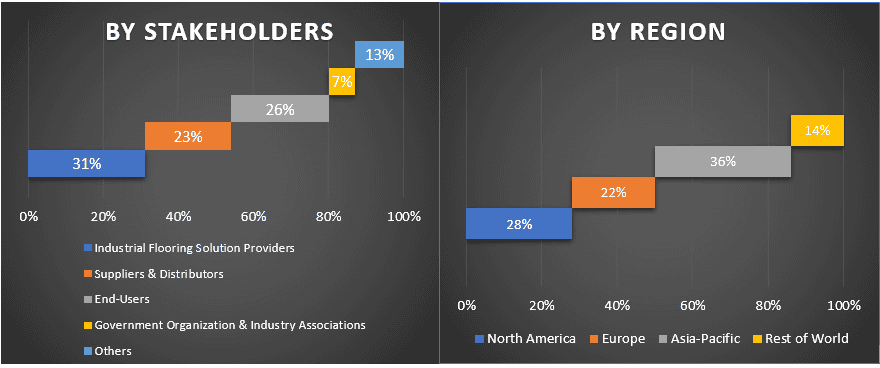
Market Engineering
The data triangulation technique was employed to complete the overall market estimation and to arrive at precise statistical numbers for each segment and sub-segment of the global industrial flooring market. Data was split into several segments & sub-segments post studying various parameters and trends in the area of type and end-user.
The main objective of the Industrial Flooring market study
The current & future market trends of global industrial flooring were pinpointed in the study. Investors can gain strategic insights to base their discretion for investments on the qualitative and quantitative analysis performed in the study. Current and future market trends would determine the overall attractiveness of the market at a country level, providing a platform for the industrial participant to exploit the untapped market to benefit as a first-mover advantage. Other quantitative goals of the studies include:
- Analyze the current and forecast market size of Industrial Flooring in terms of value (US$). Also, analyze the current and forecast market size of different segments and sub-segments
- Segment in the study include the area of the type and end-user
- Defined analysis of the regulatory framework for the industrial flooring industry
- Analyze the value chain involved with the presence of various intermediaries, along with analyzing customer and competitor behaviors of the industry
- Analyze the current and forecast market size of industrial flooring for the major countries
- Major regions/countries analyzed in the report include North America (the United States, Canada, Rest of North America), Europe (Germany, the United Kingdom, France, Italy, Spain, Rest of Europe), Asia-Pacific (China, Japan, India, Rest of Asia-Pacific), and Rest of World
- Company profiles of the industrial flooring market players and the growth strategies adopted by them to sustain in the growing market
Deep dive country-level analysis of the industry
Related Reports
Customers who bought this item also bought






